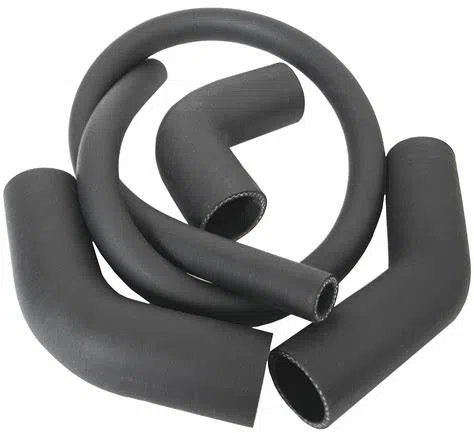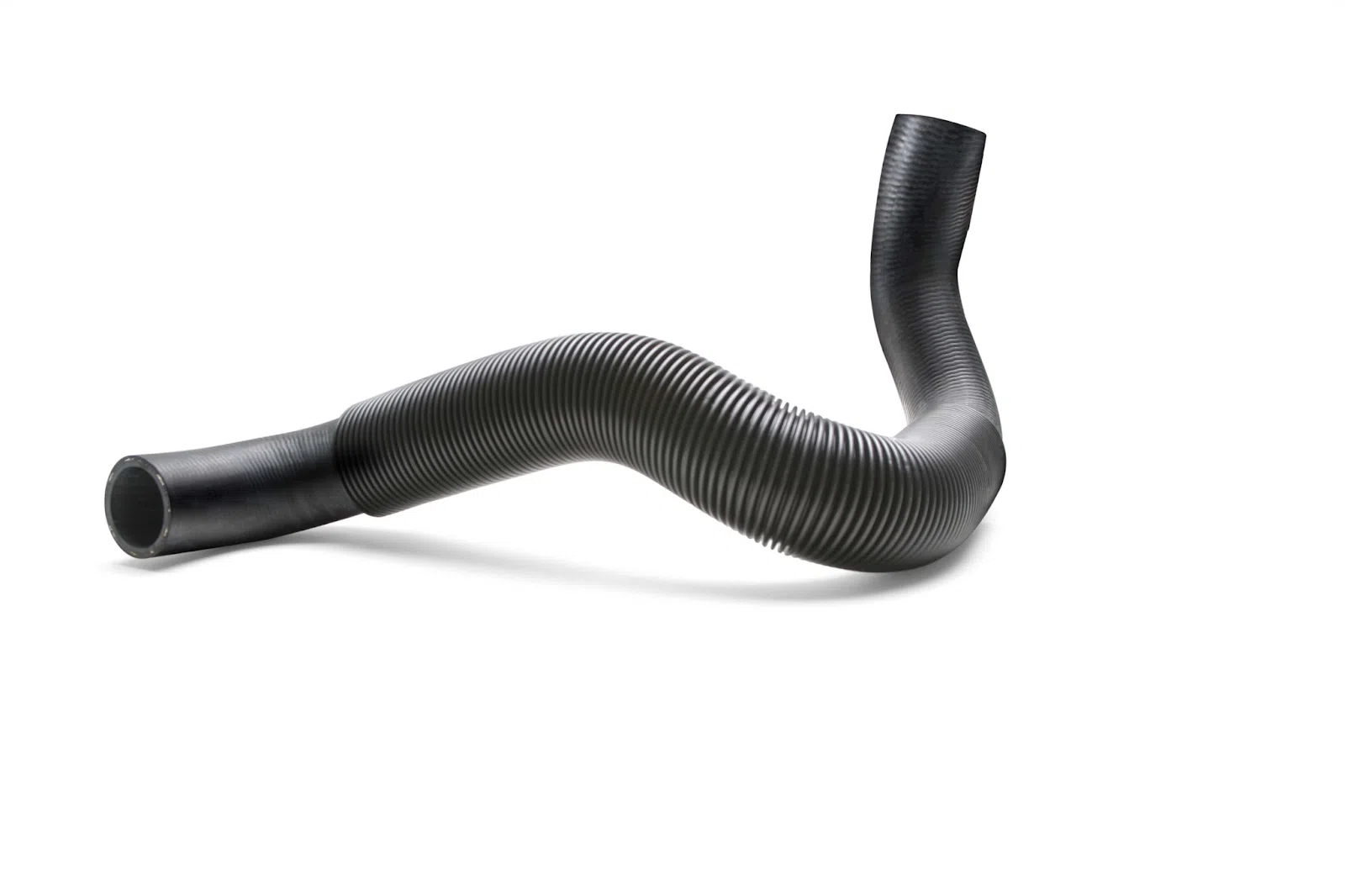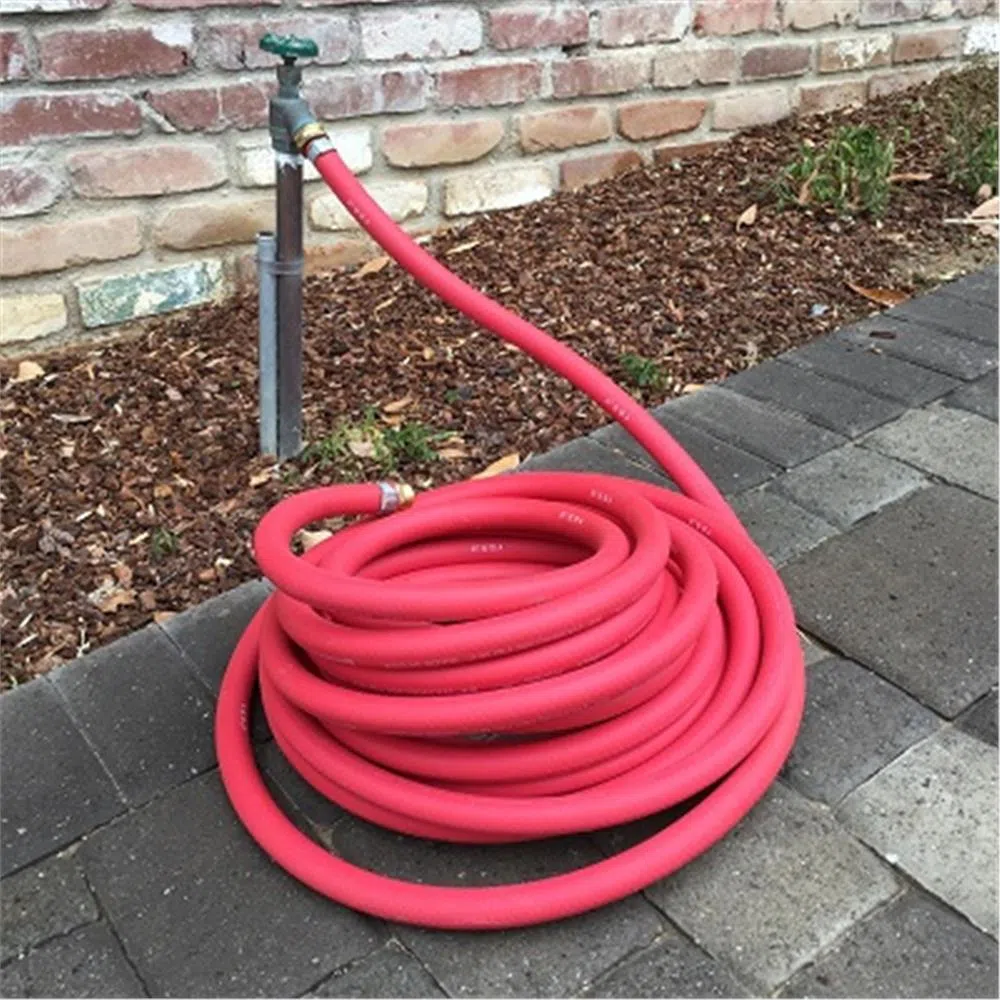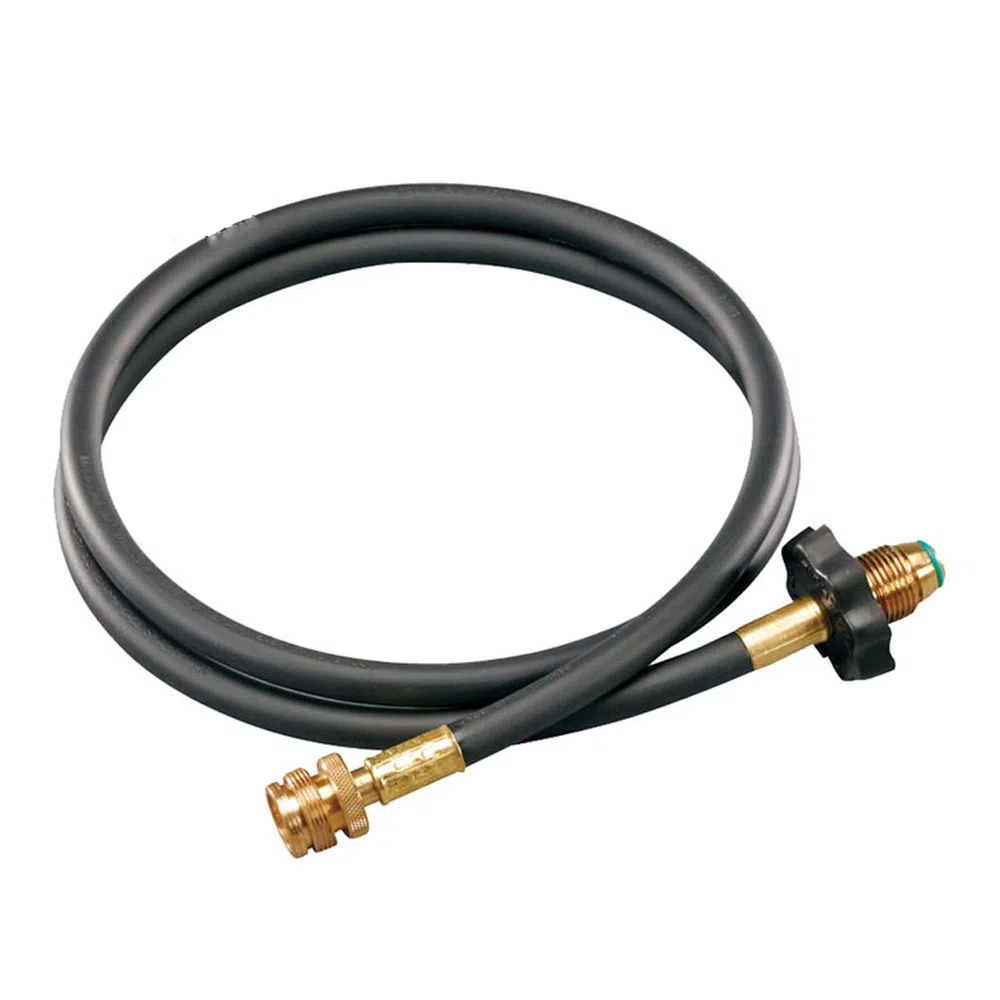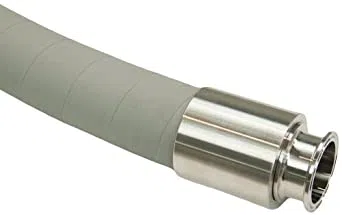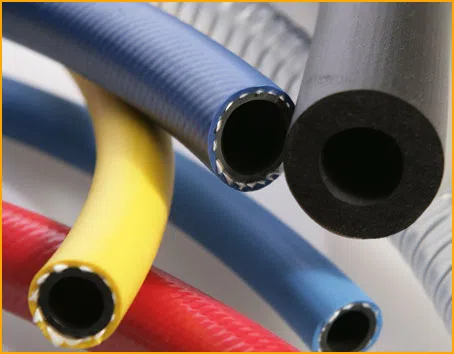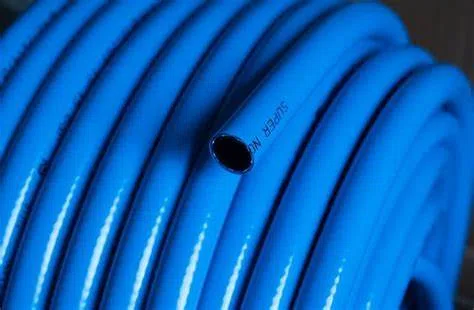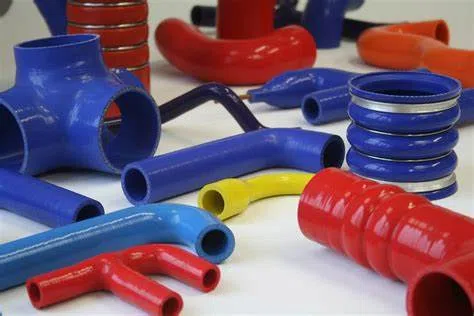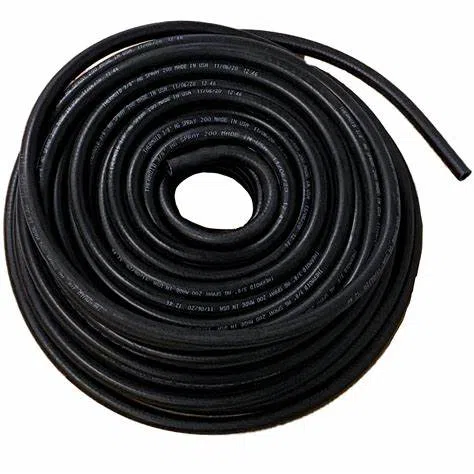A rubber hose is a tube made of rubber or other elastomeric material that is used to convey fluids. The elastomeric material may be reinforced with textile or cordage reinforcement. Rubber hoses are used in a variety of applications, including in automotive and industrial machinery, as well as in the home. Rubber hoses come in a variety of sizes and shapes, and are manufactured using different methods, depending on the intended application.
Did you know? The automotive industry is the largest end-use industry for rubber hoses.
What is a Rubber Hose?
A rubber hose is a type of tubing that is typically used in industrial and construction applications. Rubber hoses are made out of natural or synthetic rubber and are usually reinforced with one or more layers of material, such as fabric or metal. Rubber hoses are used in a variety of applications, including garden hoses, air hoses, water hoses, and fuel hoses. They are made from a variety of materials, including PVC, EPDM, NBR, and SBR. Rubber hoses are flexible, durable, and easy to connect.
Also Read: All Things To Consider To Start A Rubber-Band Making Business
Application of Hoses
There are many different types of rubber hoses, each designed for a specific application. Garden hoses are typically made from PVC, which is lightweight and easy to handle. There are a wide variety of applications for rubber hoses. Some common examples include:
Automotive hoses
Automotive hoses are used in a variety of automotive applications, such as in the engine bay, under the car, and in the trunk. Automotive hoses are made from a variety of materials, such as rubber, plastic, and metal. Automotive hoses transport fluids, such as oil, coolant, and brake fluid. Automotive hoses are also used to connect components, such as the engine to the radiator.
Water hoses
Water hoses are often used in gardening, as they provide a flexible and convenient way to deliver water to plants. They are also commonly used in the industry for cleaning and cooling purposes.
Gas hoses
Gas hoses are also used in a variety of industrial applications. They are often used to connect gas-powered equipment to a propane tank. This allows the equipment to be used with propane instead of natural gas.
Sanitary hose
Sanitary hoses are used in a variety of industries including the food and beverage, pharmaceutical, and cosmetics industries. They are used to transport products that are not intended to come into contact with the outside environment. Sanitary hoses are typically made of stainless steel, although other materials such as silicone or rubber can be used.
Industrial hoses
Used in a variety of industrial applications such as air, water, oil, chemical, and material handling.
Rubber Hose Market
The rubber hose market refers to the market for hoses made from rubber. Rubber hoses are used in a variety of applications, including for conveying water, air, oil, and other substances. They are used in industries such as agriculture, construction, automotive, and manufacturing, among others. The demand for rubber hoses is driven by the growth in these industries, as well as by advances in technology and the development of new types of rubber hoses that are more durable, flexible, and resistant to heat and chemicals.
The global rubber hose market is expected to grow at a CAGR (Compound annual growth rate) of 3.5% during the forecast period (2020-2025). The major factors driving the growth of the market are the growing demand from the automotive and construction industries and the increasing demand for high-performance hoses. However, the volatile raw material prices and the stringent environmental regulations are the major challenges to market growth.
Also Read: Learn how to start a successful tyre recycling business in India
Different Types of Hose
Polyvinyl chloride (PVC)
These hoses are hoses made from PVC, a type of synthetic plastic polymer. They are used in a variety of applications, including for conveying water, air, and other substances.
Silicone hoses
They are resistant to extreme temperatures, UV radiation, and aging, and are able to withstand high pressures. They are also resistant to chemicals, making them suitable for use in various industries, including automotive, aerospace, and pharmaceuticals.
EPDM hoses
They are used in a variety of applications, including for conveying water, air, and other substances. They are commonly used in agriculture, construction, and industrial settings, and are also used in the automotive and aerospace industries.
Growth of Rubber Hose Market
The rubber hose market in India is expected to grow at a steady pace in the coming years, driven by the increasing demand from various end-use industries such as agriculture, construction, automotive, and manufacturing.
In addition, the growing automotive industry in India is also expected to boost the demand for rubber hoses, as they are used for various applications such as fuel lines, brake lines, and power steering hoses. The availability of raw materials, such as natural rubber and synthetic rubber, in India is expected to support the growth of the rubber hose market in the country.
There are several companies in India that manufacture and supply rubber hoses. Some of the leading Indian companies in the rubber hose market are:
Gates India
Gates India is a leading manufacturer of rubber hoses and belts. The company offers a wide range of products including automotive hoses, industrial hoses, and hydraulic hoses.
Hoses Technology
Hoses Technology is an Indian company that specializes in the production of rubber hoses for various applications. The company offers a wide range of products including water hoses, oil hoses, fuel hoses, and air hoses.
Poly hose India
Polyhose India is a leading manufacturer and supplier of rubber hoses in India. The company offers a wide range of products including hydraulic hoses, industrial hoses, and automotive hoses.
The major players in the rubber hose market are Continental AG, Parker Hannifin Corporation, Eaton Corporation, Gates Corporation, and Trelleborg AB.
Also Read: What are the features of Micro-enterprises that you must know?
What are Three Layers of Hoses?
Hoses are one of the most important components of a firefighting system, and understanding the different layers that make up a hose is critical to proper operation.
First Layer
The first layer of a hose is the innermost liner, which is responsible for conveying water from the pump to the nozzle. This liner is typically made from a synthetic rubber or PVC material and is reinforced with a layer of textile or wire.
Second Layer
The second layer of a hose is the reinforcement, which provides structural support and prevents the hose from collapsing under high water pressure. This layer is usually made from a woven synthetic material and is typically reinforced with a steel wire or Kevlar cord.
Third Layer
The third layer of a hose is the protective cover, which guards the inner liner and reinforcement against abrasion, sunlight, and other environmental hazards. This layer is typically made from a synthetic rubber or PVC material and is available in a variety of colors.
Manufacturing of Rubber Hose
The manufacturing process of rubber hose begins with thick liquid latex. This latex is composed of small rubber particles suspended in water. The latex is placed into a mold that is the inverse of the desired shape of the rubber hose. The mold is then placed into a vulcanization machine, where it is heated to approximately 140 degrees Celsius. This vulcanization process causes the small rubber particles to cross-link and fuse together, creating a solid, flexible rubber hose.
Conclusion
The rubber hose is a versatile and essential piece of equipment in many industries. Its anatomy is complex and its applications are diverse. This article has provided a comprehensive overview of the rubber hose, from its anatomy to its many applications. Beyond its many uses, the rubber hose is also a key component in the manufacturing of a variety of products. With its many benefits and uses, the rubber hose is sure to continue to be an essential part of many industries for years to come.
Follow Legal Tree for the latest updates, news blogs, and articles related to micro, small and medium enterprises (MSMEs), business tips, income tax, GST, salary, and accounting.




